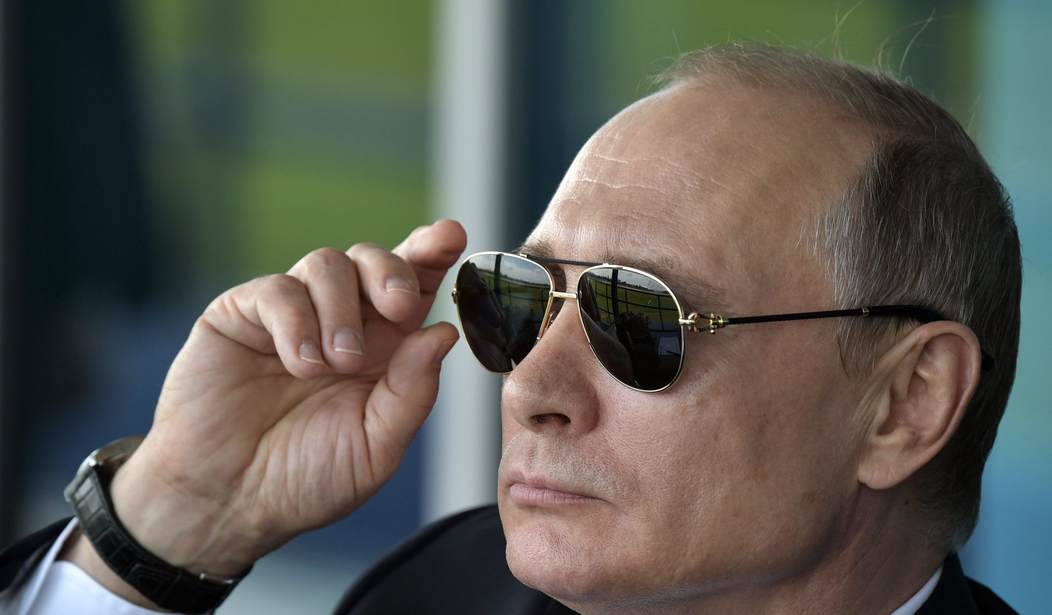Russia says that it is withdrawing from the Intermediate-Range Nuclear Forces (INF) treaty, following a similar move by the U.S. last week. However, Russia also said that it would not deploy any intermediate-range nuclear missiles unless Washington does.
President Donald Trump accused Moscow on Friday of violating the 1987 Intermediate-Range Nuclear Forces treaty with “impunity” by deploying banned missiles. Trump said in a statement that the U.S. will “move forward” with developing its own military response options to Russia’s new land-based cruise missiles that could target Western Europe.
So is this a new chapter in the Cold War? So we’re told:
The collapse of the INF Treaty has raised fears of a repeat of a Cold War showdown in the 1980s, when the U.S. and the Soviet Union both deployed intermediate-range missiles on the continent. Such weapons were seen as particularly destabilizing as they only take a few minutes to reach their targets, leaving no time for decision-makers and raising the likelihood of a global nuclear conflict over a false launch warning.
The likelihood of an accidental nuclear war is no greater now than it was before the U.S. scrapped the INF deal. It could be said there was “no time for decision makers” if the Russians launched their submarine-based ballistic missiles that would likely hit the U.S. in minutes as well.
The reason we scrubbed the treaty was that Moscow not only violated its specific terms, but they refused to allow us to inspect the missile.
The U.S. has accused Russia of developing and deploying a cruise missile that violates provisions of the pact that ban production, testing and deployment of land-based cruise and ballistic missiles with a range of 500 to 5,500 kilometers (310 to 3,410 miles). Trump’s move also reflected his administration’s view that the pact was an obstacle to efforts needed to counter intermediate-range missiles deployed by China, which isn’t part of the treaty.
NATO allies have strongly backed Washington and urged Moscow to save the treaty by returning to compliance.
Russia has rejected the U.S. claims of violation, charging that the missile, which is part of the Iskander-M missile system, has a maximum range of 480 kilometers (298 miles). Russian officials claimed the U.S. assertions about the alleged breach of the pact by Moscow were intended to shift the blame for the pact’s demise to Russia.
Russia’s refusal to allow proper inspection of the missile is never mentioned by Moscow. But the INF treaty has a mechanism that could easily verify whether the missile violated the accord.
The foreign ministry spokesperson claimed, “the 9M729 land-based cruise missile fully complies with the treaty’s requirements.” A senior arms control official in Moscow asserted that the missile’s range does not exceed 500 kilometers.
OK, show that.
Russian and U.S. officials could use the Special Verification Commission established by the INF Treaty to work out procedures for Russia to exhibit a 9M729 to U.S. technical experts.
The relevant question is how far the missile can fly. One key factor, for example, would be the size of the missile’s fuel tank(s). The experts could design ways to protect sensitive information unrelated to the missile’s range.
The U.S. pulled out of the treaty because Russia was in violation of the deal and refused to back its claims that it was in compliance by allowing inspections. It really is that simple. Even NATO agrees with the U.S. on this issue, leaving Putin without a leg to stand on.










Join the conversation as a VIP Member